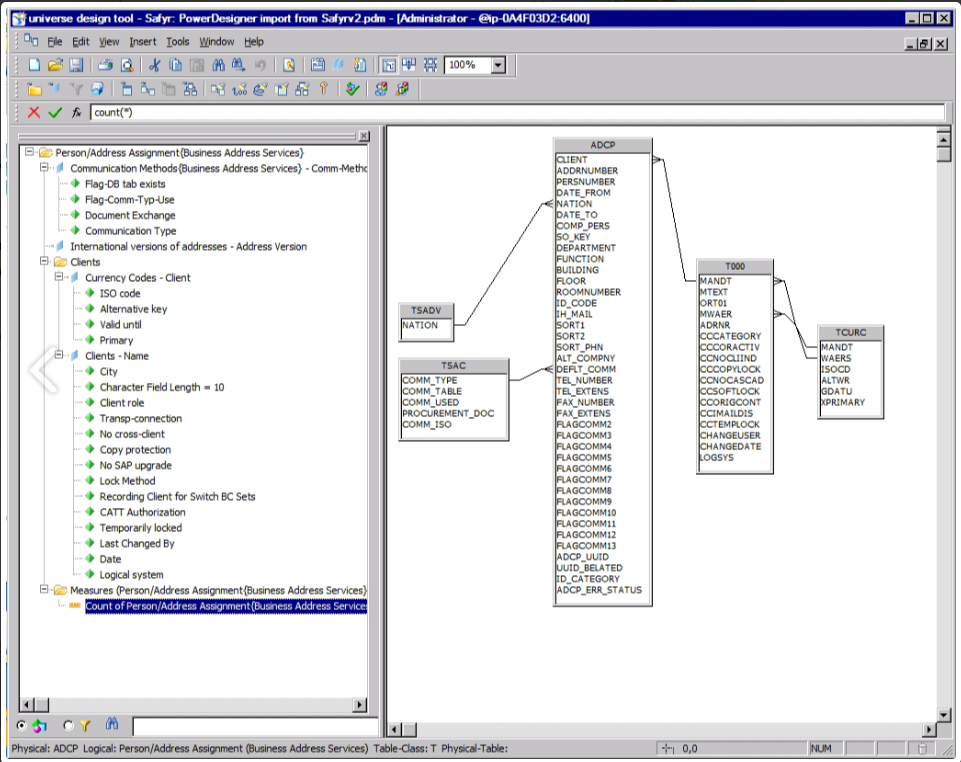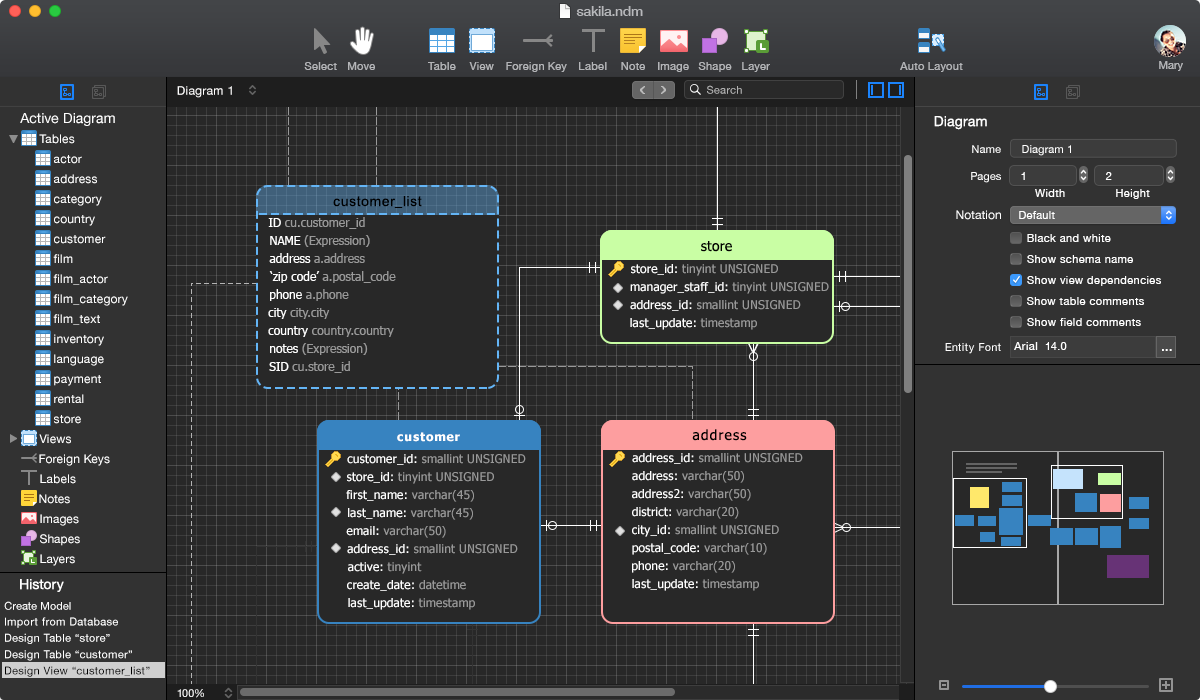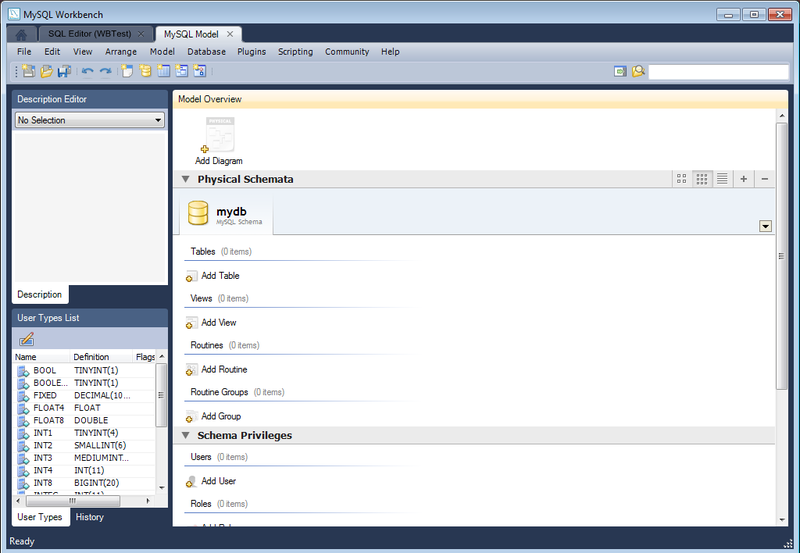
MS SQL Server, MySQL, PostgreSQL, Oracle, DB2

MySQL, MS SQL Server, PostgreSQL, Oracle, DB2 MySQL, MS SQL Server, PostgreSQL, Oracle, SQLite MS SQL Server, Oracle, MySQL, PostgreSQL, IBM DB2Īccess, MS SQL Server, Oracle, MySQL, PostgreSQL, IBM DB2

Windows, Linux (Wine), macOS (via CrossOver)ĭata modeling is supported as part of a complete modeling platform.Īccess, Snowflake, Microsoft Azure IBM DB2, Informix, Hitachi HiRDB, Firebird, Interbase, MySQL, MS SQL Server, Netezza, Oracle, PostgreSQL, Sybase, Teradata, Visual Foxpro and others via ODBC/ANSI SQLĪccess, IBM DB2, Informix, MySQL, MS SQL Server, Netezza, Oracle, PostgreSQL, Sybase, and others via ODBC/ANSI SQL

IBM DB2, Firebird, InterBase, Informix, Ingres, Access, MS SQL Server, MySQL, SQLite, Oracle, PostgreSQL, Sybase Windows, Linux and FreeBSD (both through Wine) MS SQL Server, MySQL, Oracle, Firebird, InterBase, SQL Anywhere, NexusDB, MariaDB Standalone or bundled into a larger toolkit This article is a comparison of data modeling tools which are notable, including standalone, conventional data modeling tools and modeling tools supporting data modeling as part of a larger modeling environment. THE DEVELOPMENT, RELEASE, AND TIMING OF ANY FEATURES OR FUNCTIONALITY DESCRIBED FOR ORACLE'S PRODUCTS REMAINS AT THE SOLE DISCRETION OF ORACLE.Comparison of notable data modeling tools IT IS NOT A COMMITMENT TO DELIVER ANY MATERIAL, CODE, OR FUNCTIONALITY, AND SHOULD NOT BE RELIED UPON IN MAKING PURCHASING DECISION. IT IS INTENDED FOR INFORMATION PURPOSES ONLY, AND MAY NOT BE INCORPORATED INTO ANY CONTRACT. THE FOLLOWING IS INTENDED TO OUTLINE OUR GENERAL PRODUCT DIRECTION. Increased support for multi-dimensional modelsĮxtending meta data with user defined properties Support for additional third-party databases Integration of the new SQL Developer Query Builder The following features are planned for future releases: Support for custom Design Rules and Transformations (JSR-223)Įxtended import support from Oracle Designer Increased support for the reporting repository, by extending the number of objects and properties exported to the reporting repository Increased Oracle Database 11g feature supportĪdditional general database feature support including support for packages and functions Tightly integrated version control through Subversion, facilitates collaborative access, by facilitating multiple user access to the same design at the same time

In addition, this release of Oracle SQL Developer Data Modeler includes the following:
LINUX DATABASE MODELING TOOLS CODE
Oracle SQL Developer Data Modeler 20.3, includes support for version control by adding integrated support for Subversion, an open-source source code management tool. The product was first released on Jand the current production release, Oracle SQL Developer Data Modeler 20.3, is available for evaluation from OTN. Oracle SQL Developer Data Modeler can connect to any supported Oracle Database and is platform independent. The Data Modeler imports from and exports to a variety of sources and targets, provides a variety of formatting options and validates the models through a predefined set of design rules.
LINUX DATABASE MODELING TOOLS FULL
Oracle SQL Developer Data Modeler is a free, stand-alone product with a full spectrum of data and database modeling tools and utilities, including modeling for Entity Relationship Diagrams (ERD), Relational (database design), Data Type and Multi-dimensional modeling, with full forward and reverse engineering and DDL code generation. Here you can find Blogs and keep up with the latest news by following us. The SQL Developer Data Modeler Forum is where you can interact with our developers and members of the community. Oracle SQL Developer has a strong and active community.


 0 kommentar(er)
0 kommentar(er)
